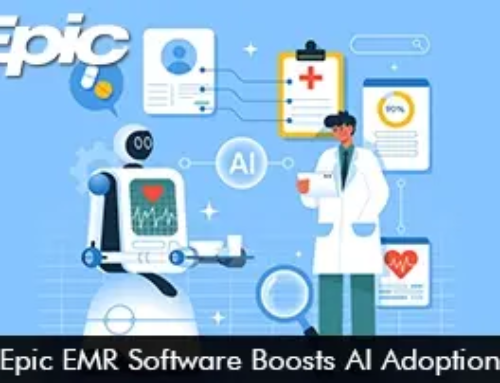Connecting systems with EHR software plays a vital role in driving efficiency, improving patient care, and revolutionizing healthcare as we know it. While challenges exist, with careful planning, robust security measures, and collaboration between stakeholders, these obstacles can be overcome.
Streamlining Data Exchange
One of the primary advantages of connecting systems with EHR software is the seamless exchange of patient information across different healthcare settings. By integrating EHR systems, practitioners can access real-time data, leading to accurate diagnoses and better-informed treatment decisions. Physicians can instantly view lab results, radiology reports, and medication histories, reducing errors and redundant tests while improving patient safety.
Enhanced Care Coordination
Connecting systems through EHR software facilitates care coordination among multiple healthcare providers involved in a patient’s treatment. For instance, primary care physicians, specialists, and hospitals can easily share a patient’s data. This enables a holistic view of the patient’s medical history and ongoing treatments. As a result of this collaboration, information gaps are minimized leading to improved outcomes and reduced healthcare costs.
Efficient Workflow and Time Savings
Integrating various systems with EHR software eliminates the need for manual data entry and redundant paperwork. With data automatically flowing between systems, healthcare professionals can save time on administrative tasks and focus more on patient care. Moreover, by leveraging interoperability standards, such as HL7 and FHIR, healthcare organizations can achieve a seamless data exchange process. This enables efficient data sharing and reduces the risk of errors associated with manual data transfer.
Improved Patient Engagement
Patient portals integrated with EHR systems allow individuals to access their health records, schedule appointments, request prescription refills, and securely communicate with their healthcare providers. This increased engagement promotes patient satisfaction, encourages proactive healthcare decision-making, and ultimately leads to better health outcomes.
Challenges and Considerations
While the benefits of connecting systems with EHR software are substantial, several challenges need to be addressed. Ensuring data privacy and security is of utmost importance to protect sensitive patient information from unauthorized access. Standardizing data formats and adopting interoperability standards across different systems can also pose technical challenges. Additionally, cost implications, system compatibility issues, and resistance to change from healthcare providers may present obstacles during the implementation process.








